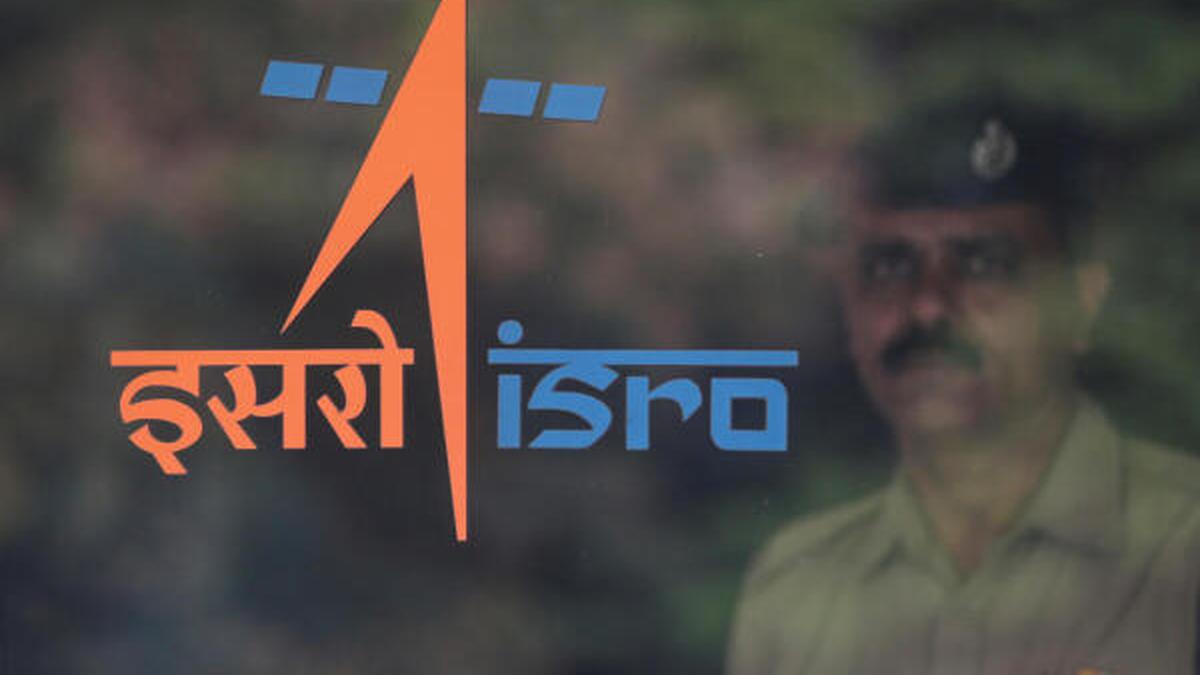using the above website I made some estimations for the empty weights of stages for proposed NGLV powered by SCE-200 & CE-20 engines, I excluded Methalox engines for now as we don't know the targeted specific impulse of those engines
For NGLV to carry 10tons to GTO (36000 x 185 Km, 22 deg inclination) & 22.5 tons to LEO ( 185 x 185 km, 45deg inclination) in fully expendable mode, it should have the following specs
1st stage - SC450
engines: 5 x SCE-200
Total thrust: 9100KN
Isp: 299 sec
empty weight( should not exceed): 35000Kg
2nd stage- SC120
engines: 1 x SCE-200
Thrust: 2030KN
Isp: 335sec
empty weight( should not exceed): 8500Kg
3rd stage - C32
engines : 1 x CE-20
Thrust: 220KN
Isp: 443sec
empty weight(should not exceed): 4500Kg
Above empty weights should be the target, if ISRO wants to achieve 10Tons to GTO using SCE-200 & CE-20 engines
C-25 stage currently used in LVM-3 has dry weight of 4300 Kg with 28tons of propellent loading, they have to maintain almost the same empty weight ,but increase the propellent loading to 32 tons, this can achieved if they can use the common bulk head & balloon tanks like in Centaur Upper Stage of Atlas-V
SC120 currently being developed for LVM-3SC has dry weight of 11500 Kg, they should reduce it by 3000Kg by using Aluminium-Lithium alloys, balloon tanks just like in Falcon 9 & use common bulk head, they should use same methods for SC450 stage too to reach the above required empty weight.
development of NGLV will be challenging for ISRO, they should develop extremely light weight tanks, if they want to reach 10tons to GTO in expendable mode
NGLV can achieve 6tons to GTO & 16tons to LEO in booster reusable mode
@Indx TechStyle @Swesh @Lonewolf @Tactical Doge @Varoon2 @FalconSlayers @Haldilal @Jimih @AnantS and others






